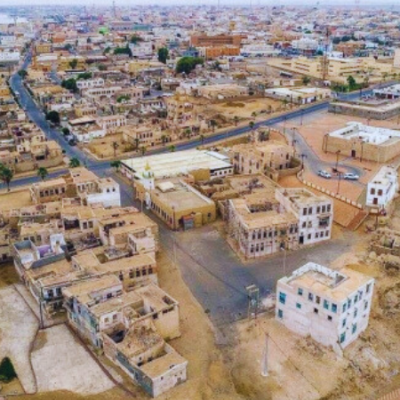10 interesting facts about the Hanging Village of al Habala
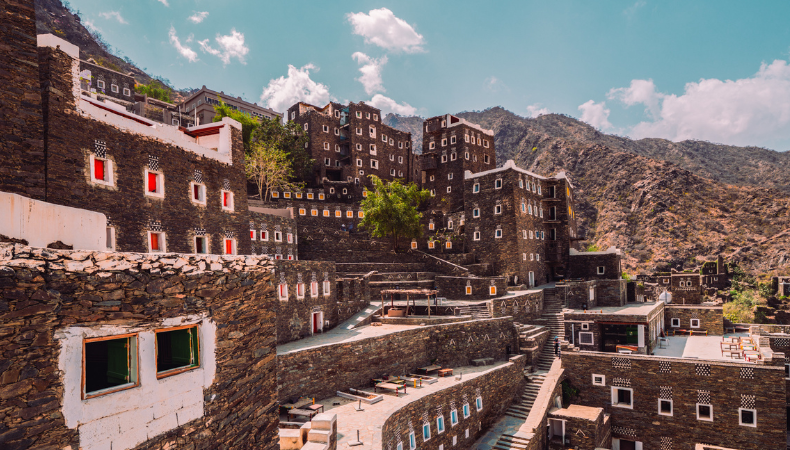
Travelers and historians alike have been drawn to the amazing architectural wonder that is the Hanging Village of Al Habala, which is situated in the Asir area of Saudi Arabia. This historic community, perched on sheer cliffs, is renowned for its unusual architecture, amazing vistas, and rich cultural legacy. The following list contains 10 fascinating facts about Al Habala’s Hanging Village:
Ancient Origins
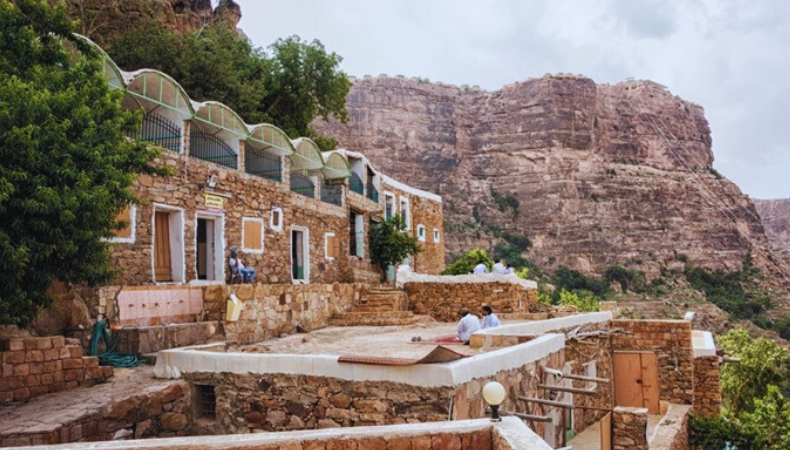
The Hanging Village of Al Habala is believed to have been inhabited for over 500 years. Its origins date back to the 16th century when it was established by the Banu Takhrit tribe, who were renowned for their skills in agriculture and architecture.
Cliffside Location
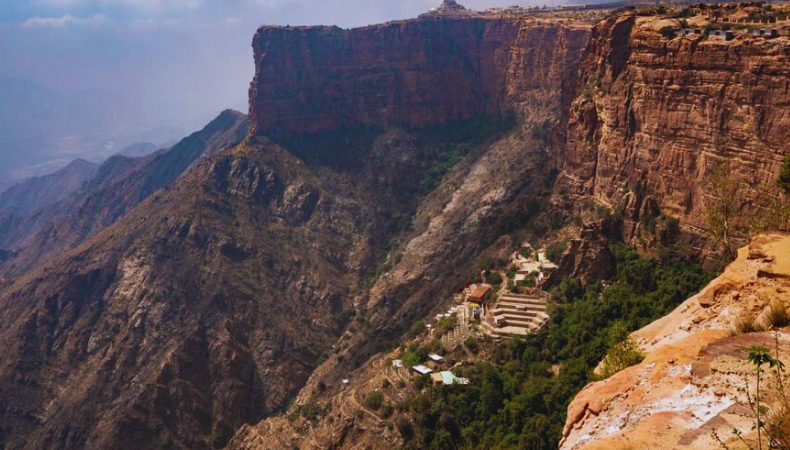
What sets Al Habala apart is its precarious location on the edge of steep cliffs, overlooking the verdant valleys below. The village is situated at an altitude of around 300 meters (984 feet), providing stunning panoramic views of the surrounding landscape.
Traditional Architecture
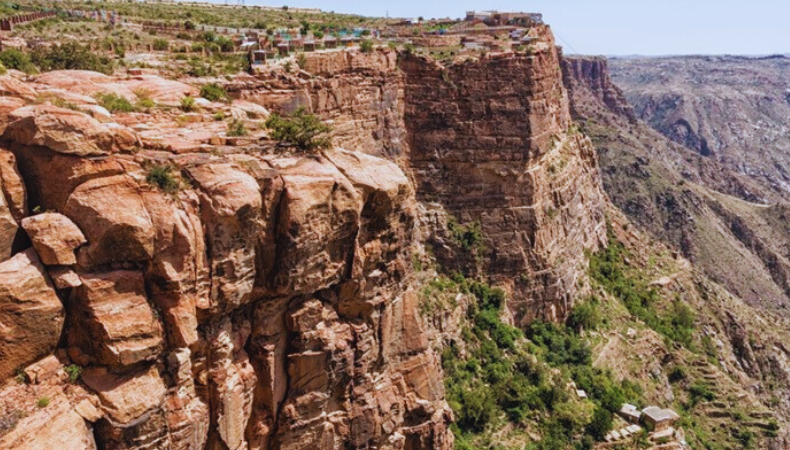
The houses in Al Habala are constructed using traditional techniques and materials, including stone, mud, and wood. The buildings are tightly clustered together and feature distinctive facades adorned with intricately carved wooden balconies and decorative motifs.
Accessibility Challenges
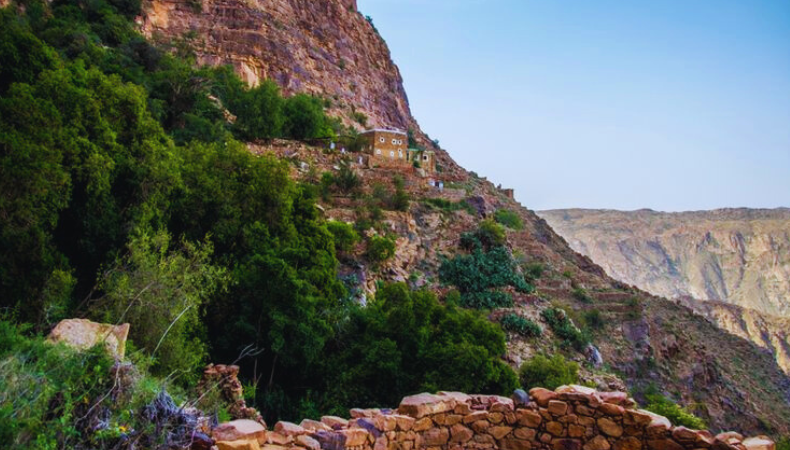
Due to its remote location and rugged terrain, reaching Al Habala can be a challenging task. Visitors must navigate narrow mountain paths and steep inclines, often requiring the assistance of local guides familiar with the area.
Abandoned Settlement
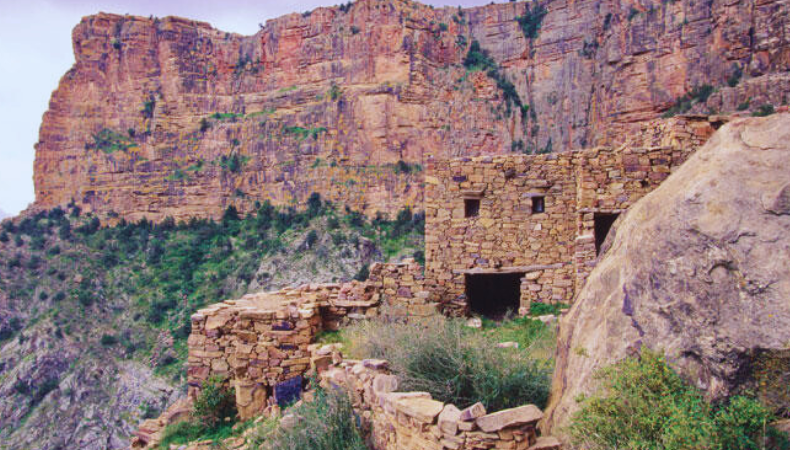
Despite its historical significance, Al Habala was largely abandoned in the mid-20th century as residents gradually migrated to more accessible urban centers. Today, only a handful of families remain in the village, preserving its cultural heritage and way of life.
UNESCO World Heritage Site
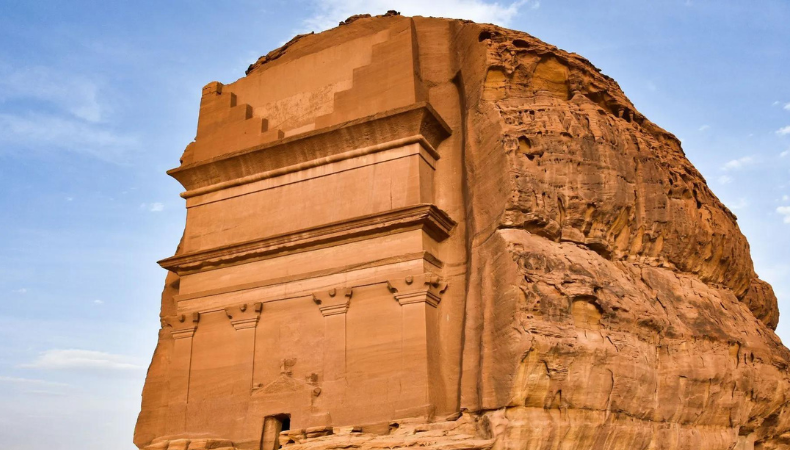
In recognition of its cultural significance and architectural uniqueness, the Hanging Village of Al Habala was inscribed as a UNESCO World Heritage Site in 2014. This designation has helped raise awareness about the village’s importance and promote its preservation.
Cultural Traditions

The inhabitants of Al Habala have preserved many traditional customs and practices passed down through generations. These include folk music, dance, cuisine, and handicrafts, providing visitors with a glimpse into the rich cultural heritage of the region.
Ecological Importance

The Asir region, where Al Habala is located, is known for its biodiversity and ecological significance. The village is surrounded by lush greenery, terraced farms, and orchards, creating a picturesque landscape that supports a variety of plant and animal species.
Tourist Attractions
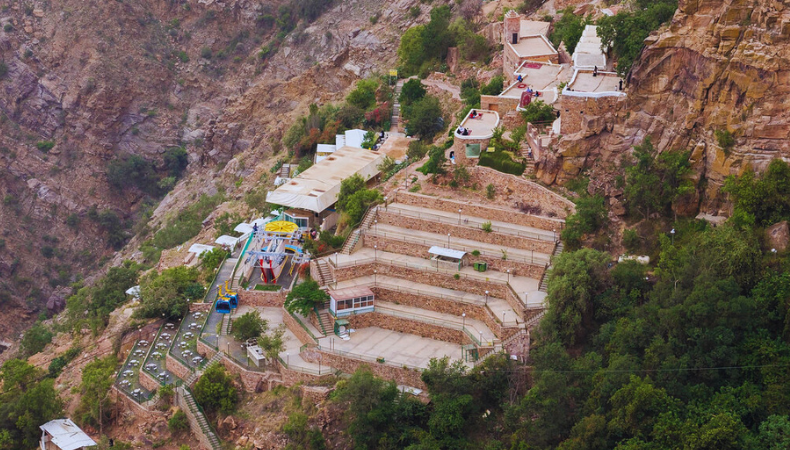
Despite its remote location, the Hanging Village of Al Habala has become a popular tourist destination in recent years. Visitors come to marvel at its stunning architecture, explore the narrow alleyways, and experience the unique atmosphere of this ancient settlement.
Preservation Efforts

In order to safeguard the cultural heritage of Al Habala and ensure its long-term preservation, efforts have been made to promote sustainable tourism and conservation initiatives.
These include restoration projects, community-led development initiatives, and educational programs aimed at raising awareness about the village’s history and significance.
In conclusion, the Hanging Village of Al Habala, which has survived for centuries in this harsh environment, is a monument to the inventiveness and tenacity of its people. Al Habala, a symbol of Saudi Arabia’s rich cultural legacy, continues to draw tourists from all over the globe with its breathtaking cliffside position, medieval architecture, and rich cultural history.




